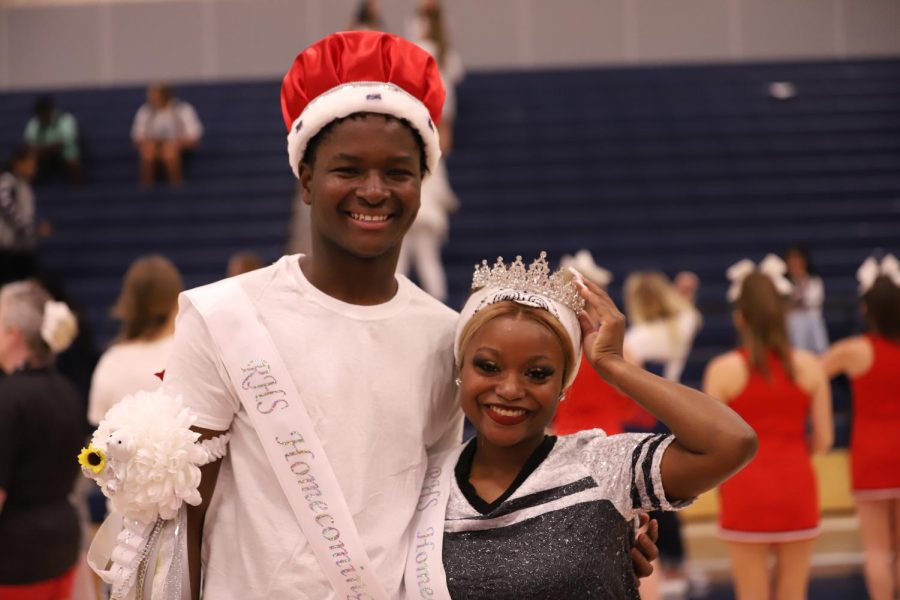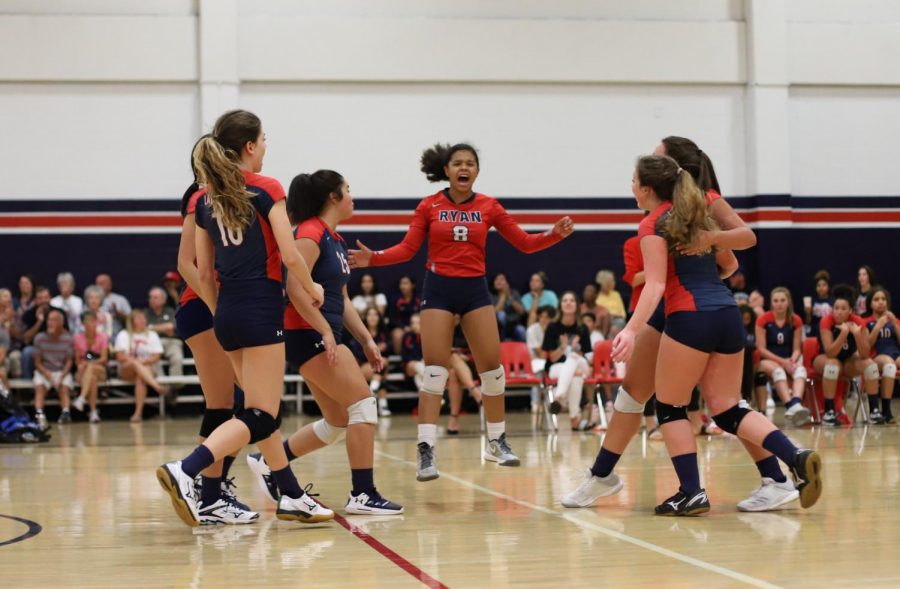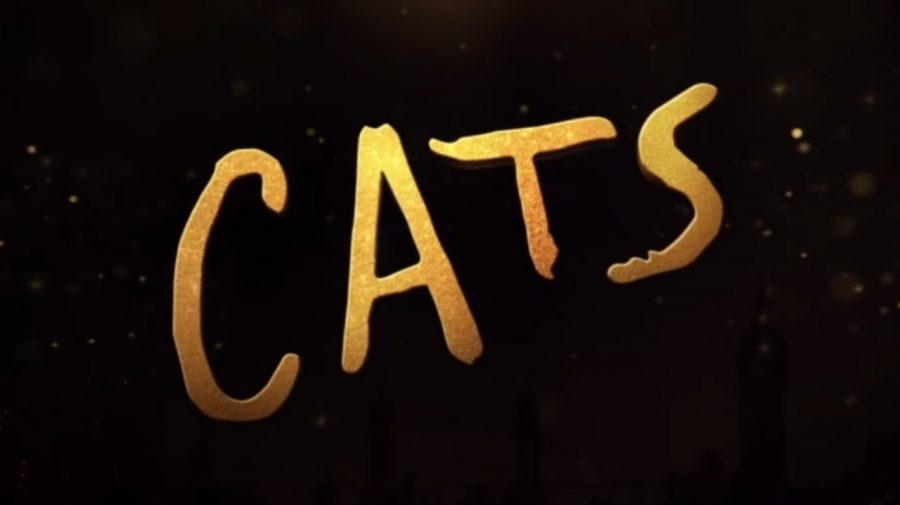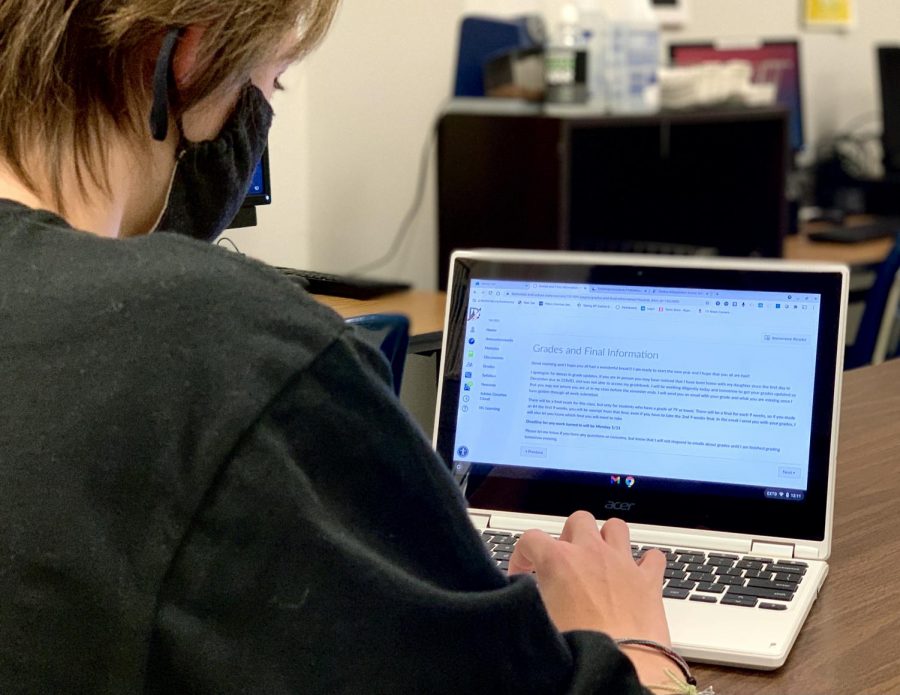Preptober: authors prepare for National Novel Writing Month
As November edges closer, writers everywhere are getting ready for National Novel Writing Month (NaNoWriMo), but before they can do that, however, they must go through the non-stop, hard-working period that is Preptober.
NaNoWriMO is a 30-day writing challenge that takes place during November where writers 13 and up challenge themselves to write a rough draft of a 50,000 word novel without editing or rewriting. As anyone can imagine, hashing out a novel in just 30 days is a daring feat that seems nearly impossible. Writers must choose a genre, design characters, dream-up settings and locations, and in some instances create a whole new world. With only a month to complete a 50,000 word novel, trying to design everything while writing is definitely impossible. That’s why Preptober exists.
Preptober is the writing event that takes place a month before NaNoWriMo during October. Authors use this time to prepare for all the trials and tribulations that are sure to come during NaNoWriMo. They invest their time in planning out the story arc, creating cool, multi-dimensional characters, fleshing out settings and locations, and planning plot twists. Basically, Preptober is used to do all the background research and set the foundation to build upon before actually writing the story. Although it doesn’t seem like much, it clears up many of the little details that writers nit-pick in their own stories, so that when the time to write comes they can just let the words flow onto the page.
However, as helpful as Preptober is, it takes up just about as much time as writing the actual novel in November does. There’s so many pieces to get ready before a story is ready to be assembled, which is why most authors have a method to the madness.
First, an author must choose the way they’d like to organize their notes. Options include notecards, storyboarding, loose outlines and worksheets, to name a few. Then, most authors choose to plan out their story.
The plot formula is simple, beginning, call to action, rising action, climax, falling action, conclusion. The author must decide how the story starts, how their hero get pushed into their journey, the trials they must face, what their hero’s biggest challenge will be, how things unravel after the big conflict, and how their story ends. Then the author actually has to meet their characters.
Designing and getting to know the main cast and even the side characters is a long process and can end up taking weeks if a writer isn’t careful. Writers must decide how many people they want in their ensemble from the protagonist all the way to the bystanders. Then, the author must pick names for their characters, taking into consideration just how much meaning the name should have. The writer must also pick each character’s driving force, so every person in their story has a purpose. Most authors also choose to figure out what their characters look like, and even like to add in small mannerisms, but really the only important thing is knowing each character well enough to how they will interact with the story.
The next is building the stories hot spots. Where is the action taking place? Are there multiple locations like in Lord of the Rings or do the characters mainly stay in one place like The Breakfast Club? What are the key features of the setting? How does the location, terrain, climate, and culture of the location affect how the story plays out? These are all questions an author must ask in order to adequately know where they’ll be spending most of their time for a whole month.
The last step is research. Although not all authors do this step, sometimes it’s necessary. If the story takes place in another time period or involves multiple cultures, most authors want to be as factually correct as possible, so they use any left over Preptober time to investigate any questions they might have about their story.
By the time the author has decided who their characters are, where the story will take place, and what story they are telling, Preptober is just about finished, and they’re ready to sit down and write their novel just in time for NaNoWriMo.
Preptober can be extremely helpful when November finally rolls around. It is easy for an author to get so distracted in their story-building that they don’t get everything done or get too focused on the really small details. The important thing to remember when planning out the story is that an author only needs what is necessary for the foundations of the story. NaNoWriMo is just an opportunity to spew all of the story out in order to get a rough draft. There’s plenty of time to revise and edit after-the-fact, so the little details don’t matter as much right now.
Preptober is simply a time to get ready for the future trials of NaNoWriMo. It gives the author time to enjoy creating beautiful landscapes, forming a story, and meeting their characters, so that they’re complete prepared for 50,000 word sprint. Once the author has the bare bones for their story, all that’s left to do is write. Any author interested in participating in NaNoWriMo should highly consider in participating in Preptober.
For more information about NaNoWriMo and Preptober or if you’re interested in signing up, go to:
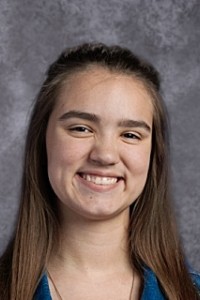
Good evening ladies and gentlemen! My name is Izabella Grimaldo. I’m a junior that’s involved in orchestra council and journalism UIL. I enjoy reading,...




